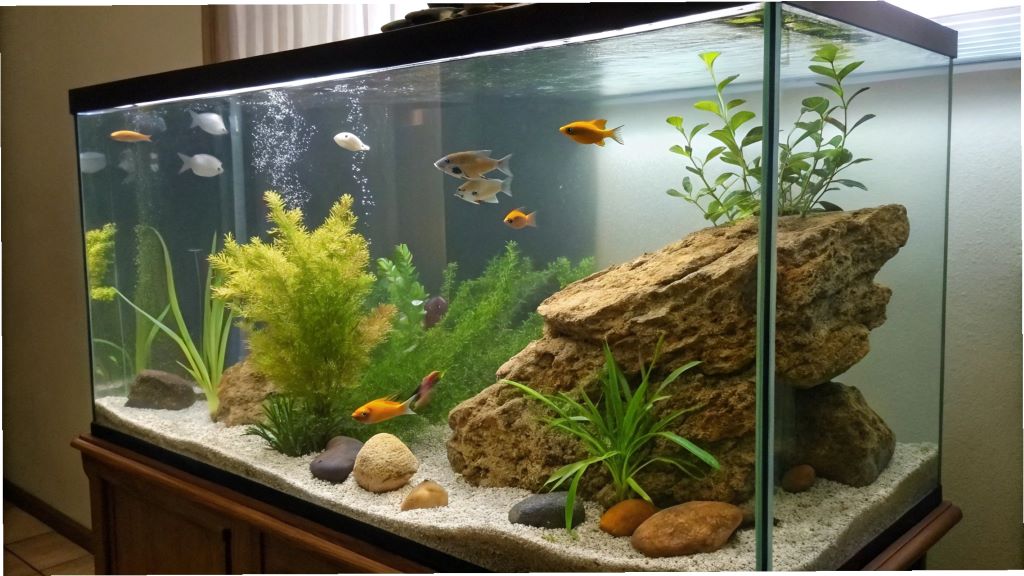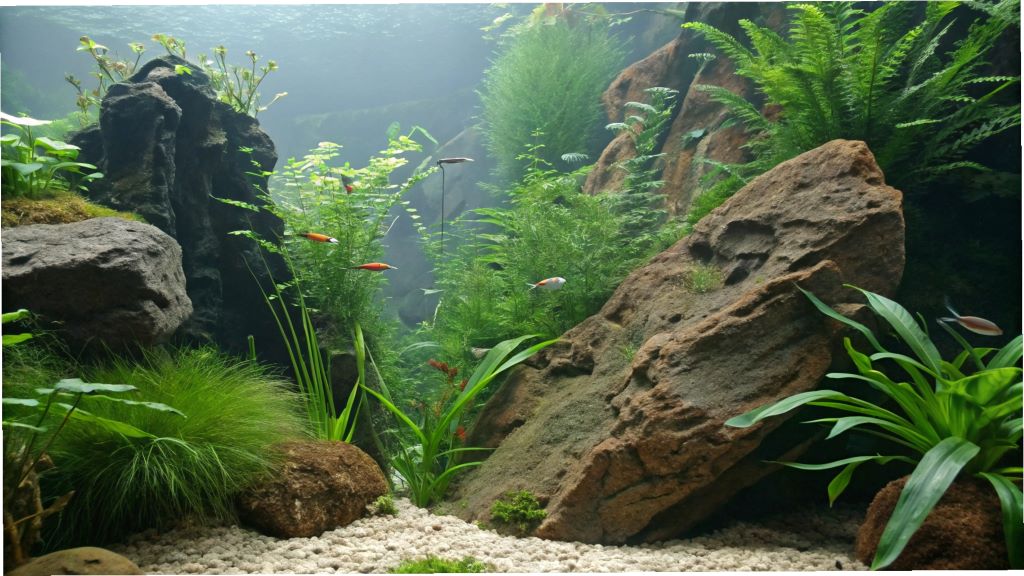Are you searching for the Best fish for a community tank to create a thriving underwater ecosystem? Whether you’re a seasoned aquarist or a beginner, selecting the right fish is crucial for maintaining balance and beauty in your reef aquarium. A harmonious community tank not only enhances the visual appeal of your setup but also ensures that all its inhabitants coexist peacefully. In this comprehensive guide, we’ll dive deep into identifying the ideal species, understanding their behaviors, and offering actionable tips to help you design the perfect aquatic environment. Let’s explore how you can transform your aquarium into a vibrant underwater paradise.
Why Choosing the Right Fish Matters
Before diving into specific species, it’s essential to understand why selecting the best fish for a community tank is so critical. A poorly chosen combination can lead to stress, aggression, and even fatalities among your fish. According to a 2022 study by the Marine Aquarium Societies of North America (MASNA), over 60% of new hobbyists face challenges due to incompatible fish pairings within their first year. This highlights the importance of research and planning before introducing any species to your tank.
The Science Behind Compatibility
Fish compatibility isn’t just about size; it involves temperament, dietary needs, swimming patterns, and even water parameter preferences. For instance, some species are territorial and may bully others, while others thrive in groups and require ample space. Understanding these nuances will set the foundation for a successful community tank.
Top Contenders for the Best Fish for a Community Tank
Let’s explore some of the most popular and reliable species known for their peaceful nature and adaptability. These fish have been vetted by experts and consistently rank high in community tank setups.
Clownfish: The Iconic Peacekeepers
Clownfish are often the poster children for marine aquariums, thanks to their vibrant colors and endearing personalities. Known for their symbiotic relationship with anemones, clownfish are relatively easy to care for and exhibit minimal aggression toward other species.
- Why They Work : Clownfish are small, hardy, and adaptable to various water conditions.
- Caveat : Avoid pairing them with aggressive species like triggers or large angelfish.
- Expert Opinion : According to a 2021 article on Reef2Reef, clownfish are recommended as starter fish due to their resilience and social behavior.
Gobies: Tiny Yet Terrific
Gobies are another excellent choice for community tanks. Their small size and bottom-dwelling habits make them non-intrusive, and they rarely cause trouble with other fish.
- Standout Species : The Yellow Watchman Goby and Neon Goby are particularly popular.
- Benefits : Gobies help keep the substrate clean and add a splash of color to your tank.
- Tip : Provide hiding spots like caves or rocks to satisfy their natural instincts.
Cardinalfish: The Night Owls
Cardinalfish are nocturnal and prefer dimly lit environments. Their peaceful demeanor makes them ideal companions for other docile species.
- Key Traits : They’re shy and slow-moving, which reduces competition during feeding times.
- Care Level : Beginner-friendly, though they require stable water parameters.
Damselfish: The Double-Edged Sword
While damselfish are often recommended for beginners, not all species are suitable for community tanks. Some, like the Blue Devil Damselfish, can be highly aggressive. However, varieties like the Azure Damselfish are known for their calm temperament.
- Pro Tip : Always research the specific type of damselfish before purchasing.
Factors to Consider When Building a Community Tank

Choosing the best fish for a community tank goes beyond simply picking colorful species. Here are key factors to consider:
Tank Size and Population Density
Overcrowding is one of the leading causes of stress and disease in community tanks. A general rule of thumb is to allow at least 10 gallons of water per inch of fish.
- Example : A 50-gallon tank can comfortably house five 2-inch fish and three 4-inch fish.
Water Parameters and Compatibility
Different fish have varying requirements for temperature, pH levels, and salinity. Ensure that all your chosen species share similar preferences to avoid health issues.
- Statistical Insight : A survey by Advanced Aquarist revealed that improper water conditions account for 40% of fish mortality in home aquariums.
Feeding Habits and Diet
Mixing species with vastly different dietary needs can lead to malnutrition or overfeeding. For example, herbivores like tangs need algae-based foods, while carnivores like lionfish require protein-rich diets.
Creating a Balanced Ecosystem: Beyond Just Fish

A thriving community tank isn’t just about the fish—it’s about creating a balanced ecosystem. Incorporating corals, invertebrates, and live rock can enhance biodiversity and stability.
Coral Companions
Soft corals like Zoanthids and Mushroom Corals are beginner-friendly and complement most fish species. However, avoid housing them with coral-nipping fish like certain wrasses or butterflyfish.
Invertebrate Allies
Snails, shrimp, and crabs play vital roles in maintaining tank cleanliness. For example, Nassarius Snails help break down detritus, while Cleaner Shrimp assist in parasite control.
Popular FAQs About the Best Fish for a Community Tank
Here are answers to some frequently asked questions to help you navigate your journey:
Q: Can I mix saltwater and freshwater fish in a community tank?
No, mixing saltwater and freshwater fish is impossible due to their differing physiological needs. Stick to either freshwater or marine setups.
Q: How many fish should I add at once?
Introduce fish gradually, starting with one or two species every few weeks. This allows time for acclimatization and prevents sudden spikes in ammonia levels.
Q: Are there any fish to absolutely avoid in a community tank?
Yes, avoid highly aggressive species like Lionfish, Triggerfish, and certain eels unless you have a specialized setup.
Conclusion: Building Your Dream Community Tank
Selecting the best fish for a community tank is both an art and a science. By carefully considering compatibility, tank size, and individual species’ needs, you can create a harmonious underwater world that brings joy and tranquility to your home. Remember, patience and research are your greatest allies in this rewarding hobby. With the right choices, your reef aquarium will not only flourish but also become a testament to your dedication and passion.
Read More:
How to Catch Fish in a Reef Tank: 12 Methods to Try (with Reviews, Pros & Cons)




